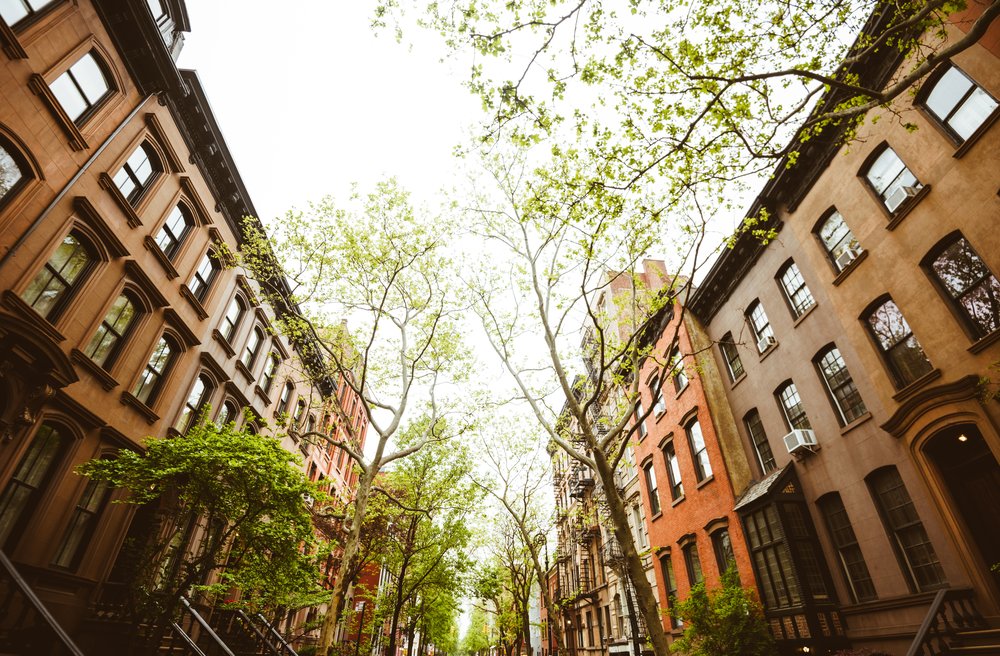NYC housing costs grew 68% in last decade, highest jump in U.S., report says
Jan. 13, 2024, 6 a.m.
Rent, mortgage, property taxes and utilities now make up about 40% of average household expenses in and around NYC, report says.

Housing costs in and around New York City are rising faster than anywhere else in the nation, fueling homelessness and a worsening affordability crisis, according to a new report from State Comptroller Tom DiNapoli.
The price of renting or owning a home in the five boroughs and surrounding counties of New York jumped by about 68% between 2012 and 2022—a bigger spike than any other major metropolitan area in the United States, according to the analysis.
In 2012, the average household in New York City and Nassau, Suffolk, Rockland and Westchester counties spent about $18,000 on housing, including rent, mortgage payments, property taxes and utilities. That amount rose to about $30,300 by 2022, the report found.
Housing costs now make up about 40% of average household expenses for New Yorkers in the region compared to about 34% nationwide.
The price hikes have also left more than half of New York households “rent-burdened,” meaning they spend at least 30% of their income on housing, the data shows. Insufficient home production is making the affordability crisis even worse, DiNapoli said.
“City and state leaders recognize New York’s housing affordability problem but need to implement cost-effective solutions more quickly,” he said in a statement.
Gov. Kathy Hochul is trying to spur more housing construction statewide this year, after previous plans to set mandatory development targets for every municipality failed last legislative session. She has set a goal of 800,000 new housing units over the next decade, a proposal that coincides with Mayor Eric Adams’ own “moonshot” goal of 500,000 new homes by 2033.
New York state needs about 655,000 units priced for low-income New Yorkers alone, according to the National Low Income Housing Coalition.
The comptroller’s report highlights the impact of soaring rents in New York CIty, following a pandemic-related dip at the middle and higher-ends of the market. One in 4 renter households fell behind on payments in June 2021, compared to a 15% national average, the report found.
The situation has improved somewhat, with 18% of renters in arrears compared to 12% nationally this past October, but the nonpayment rate remains unsustainable, said Deputy Comptroller Rahul Jain.
Jain cited a Gothamist review of city eviction data, which found that marshals completed about 12,000 lockouts last year, with few housing options for people who lose their apartments.
Jain said the combination of too-little housing production and too-high rent is fueling evictions and homelessness, with low and even middle-income tenants finding it hard to secure an affordable place to live.
“We need to quickly respond to that from a policy perspective … so that we can boost housing production,” he said.
But Jain said there’s reason for some optimism, if lawmakers at the state and city level implement programs to incentivize home construction and set affordability requirements. He cited a new initiative from the city’s Department of Housing Preservation and Development to subsidize more income-restricted apartments in buildings mixed with luxury units.
“I don't think we're doomed,” Jain said. “I actually think we’re making smart policy choices now that focus on boosting production and it’s one way we can move forward here.”
‘Doom loop’ professor says things are actually looking up for New York City What is the future of housing in NYC? Ask Mayor Adams and other top housing experts. Home prices are surging in low-income Bronx neighborhoods, ‘pricing out’ longtime residents